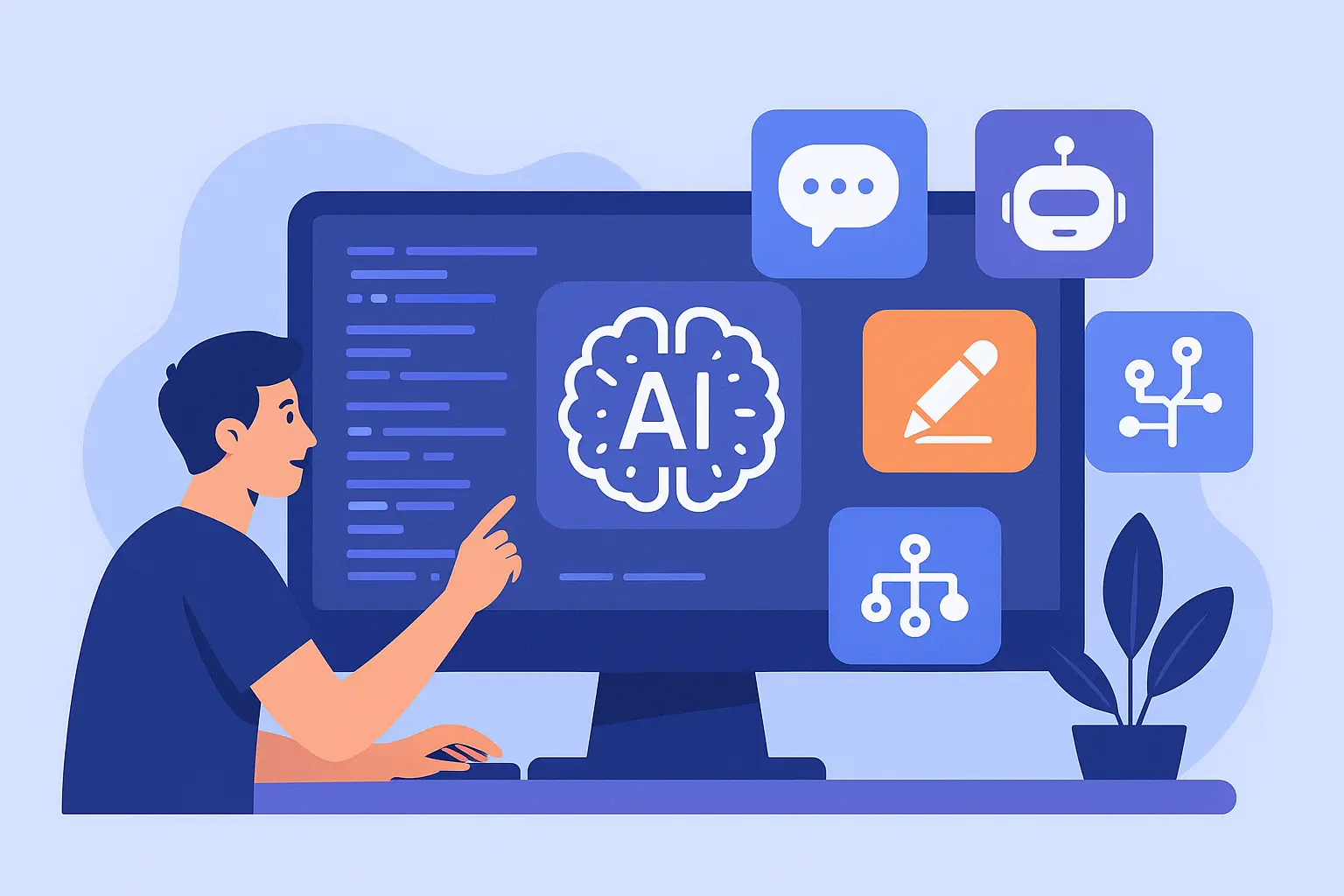Ottawa, Nov 22, 2025: The Government of Canada has introduced a new national regulatory framework to govern artificial intelligence systems, aiming to promote safer, more ethical AI deployment across sectors like healthcare, finance, and public services.
Key Provisions:
- AI tools deemed “high-impact” will require mandatory risk assessments before deployment.
- Developers must submit documentation about data sources, bias-mitigation techniques, and transparency measures.
- Automated decision systems in critical areas — such as loan approvals, medical diagnostics, and government services — must provide human review mechanisms.
- Companies must maintain audit logs of AI decision processes and share them with regulatory bodies on request.
- AI applications used on personal data must comply with enhanced data-privacy standards, including increased encryption and data minimization.
Focus on Public Trust and Accountability:
Minister of Innovation, Science, and Industry, Pascale St-Onge, stated that the new framework “strengthens both innovation and responsibility,” ensuring that Canadian AI fosters economic growth without compromising citizen rights.” She emphasized that the policy aims to give users more control and clarity over how automated systems impact their lives.
Expectations for Enforcement:
- The Canadian AI Oversight Agency (CAIOA), recently established, will oversee enforcement and compliance.
- Violations could result in fines up to CAD 50 million, depending on the system’s risk level and impact.
- Annual compliance audits will be mandatory for firms operating high-stakes AI platforms.
Response from Industry:
Canadian tech companies and research institutes broadly welcomed the announcement. Experts praised the balance of robust regulation with room for innovation. However, small AI startups have expressed concern over compliance costs and additional administrative burden.
International Alignment:
Canada’s regulatory framework is being designed in alignment with global best practices. Officials noted parallels with the EU’s AI Act and regulatory efforts in the U.S., aiming to make its standards interoperable with major markets.







